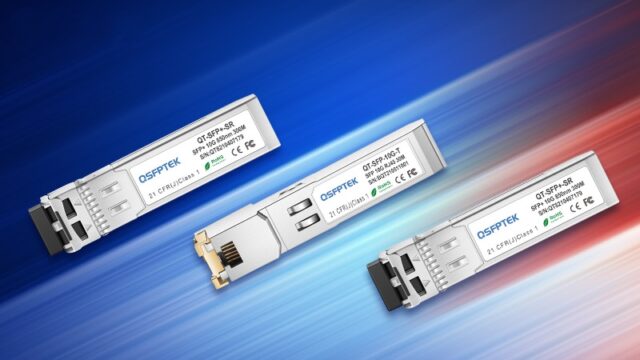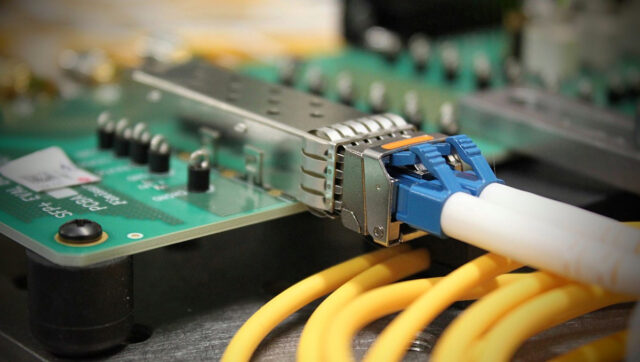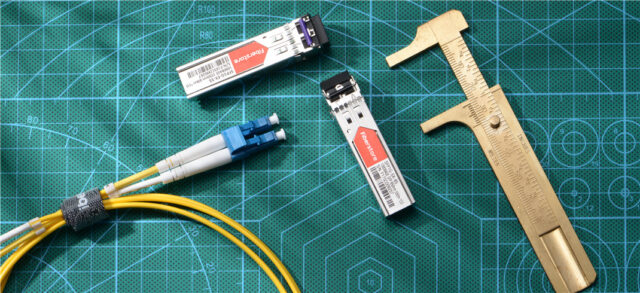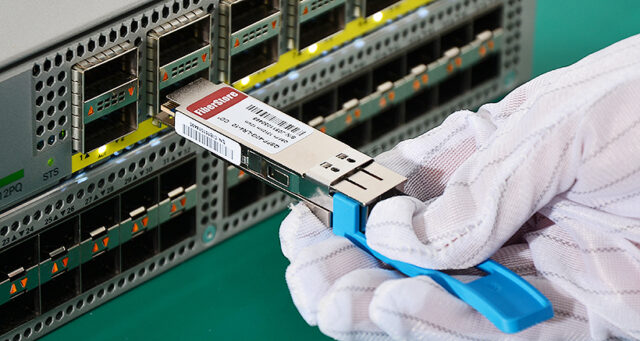
Optical modules are an important component in the transmission of data and signals. The main function is to convert between electrical/optical waveforms so they can be processed by our brainype interpretive nervous system, but each type has specific benefits depending on its application place- something that varies across industries for various reasons! For example, some might want higher security while others only require speed or accuracy with little interference from other sources like radio waves (which also happen at lower frequencies). With the advent of fiber optics, there has been an increase in demand for optical modules that can communicate with one another and provide high-quality signals. In order to meet these needs across different industries from healthcare professionals working near windows using radios via air traffic controllers managing planes at airports; everyone relies on the unique capabilities provided by this advanced technology – it’s what makes us human!
The main parameters of the optical module
Transmission rate
Transmission rate refers to the number of bits of data transmitted per second, in Mb/s or Gb/s. The main rates are 100M, 1.25G, 2.5G, 4.25G, 10G, 40G, 100G, 400G, etc. The transmission rate is generally backward compatible, so 1.25G optical modules are also called Gigabit optical modules. Among them, 10G, 40G, and 100G optical modules (click here) are the current mainstream optical module types.
Transmission distance
Transmission distance is a major factor limiting the range of optical signals. Modules can be made more efficient by using specific materials to lower their dispersion and losses, but these modifications will not allow them to operate over longer distances without serious aesthetic drawbacks or reliability concerns if used outdoors regularly in harsh conditions where maintenance may become difficult due largely from dirt getting into joints between components caused often by water ingress at strategic locations along with other factors like fungus growth which could lead directly towards destruction occurring within worsens resulting eventually.
Center wavelength

The central wavelength refers to the wavelength of light used for optical signal transmission. At present, there are three main central wavelengths of optical modules: 850nm band, 1310nm band and 1550nm band. Among them, the 850nm band is mostly used for short-distance transmission.
Laser class
The laser principle is to inject current into the semiconductor material, and emit laser light through the photon oscillation and gain of the resonator. At present, the most commonly used lasers are FP and DFB lasers. The main difference between them is that the semiconductor materials and resonator structures are different. The price of DFB lasers is much higher than that of FP lasers. FP lasers are mainly used for short-distance transmission, and DFB lasers are mainly used for medium and long-distance transmission.
Loss and dispersion
Loss is the reduction of optical power due to absorption, scattering and leakage of the medium, and is an important indicator of optical fiber transmission. The generation of chromatic dispersion is mainly due to the distortion of the transmission signal waveform caused by the accumulation of transmission distances when different frequencies or different mode components in the fiber propagate. These two parameters mainly affect the transmission distance of the optical module. In practical applications, the line loss of 1310nm fiber is generally calculated as 0.35dBm/km, and the line loss of 1550nm fiber is generally calculated as 20dBm/km. The dispersion value is more difficult to calculate and is usually only used as a range reference.
Form factors of optical modules

After the development of optical modules in recent years, miniaturization, low cost, high reliability and high performance have become new features of optical modules. The transmission rate is getting higher and higher, and a variety of packaging forms have also been developed. From the perspective of packaging, optical modules are mainly divided into the following categories:
(1) 1X9: The optical module in 1X9 package is usually directly welded on the circuit board of the communication equipment and used as a fixed optical module. It has 9 PIN angles and is the most common form of optical module packaging in the early days. It is mainly used in optical transceivers, PDH optical transceivers, optical switches, single-mode multi-mode converters and other fields.
(2) SFF: Welding small package optical modules, the general speed is not higher than gigabit, and the LC interface is mostly used.
(3) GBIC: hot-swappable gigabit interface optical module, using SC interface
(4) SFP: It can be understood as an upgraded version of GBIC, the volume is reduced by half compared with the GBIC module, and the same number of ports only occupies half of the area. It is a popular optical module at present, and mostly uses LC interface.
(5) XENPARK: It is connected to the circuit board through a 70pin angle. It has a high technology maturity, is widely used, has a large volume and consumes a lot of power, and adopts an SC interface.
(6) X2: The X2 optical module is improved from the XENPARK optical module. It is a type of encapsulation module in the 10G optical module. It supports hot-plugging and is mainly used for the switch or router of the Ethernet X2 and the network connection ports.
(7) XFP: It is a primary standard protocol for 10G pluggable optical modules. It is small in size and low in price. It meets the limitations of the SDH optical transmission network range and can realize applications with high port density. Most of the LC interfaces are used.
(8) SFP+: It is an upgraded version of the SFP module, with a smaller size and lower power consumption. It has replaced XFP and has become the mainstream of the 10G market. Most of the LC interfaces are used, such as 10G SFP+ SR, 10G SFP+ LR.

(9) SFP28: The package SFP28 has the same size as SFP+ and is an enhanced version of the package SFP+, which can support a single-channel 25Gb/s rate. Widely used in 25G Ethernet and 100G (4x25Gbps) Ethernet.
(10) QSFP+: The optical module encapsulated by QSFP+ has four 10G channels and the transmission rate can reach 40Gbps. It is a four-channel small and hot-swappable optical module. network and other standards.
(11) QSFP28: The optical module packaged in QSFP28 can support 4-channel transmission, and the data rate of each channel is 25Gbit/s. Due to the advantages of low cost and low power consumption, it has become the main packaging method for 100G networks.
(12) QSFP-DD: The optical module packaged by QSFP-DD has a higher density. Compared with the optical module packaged with QSFP28, the port rate is increased by 4 times, and the number of high-speed electrical interfaces supported is doubled. Secondly, the bandwidth of QSFP-DD can be up to ten times that of QSFP+ or four times that of QSFP28. It can provide an eight-channel electrical interface and adopts a dual-density four-channel small form-factor pluggable package, which is more suitable for short-distance data center use.






